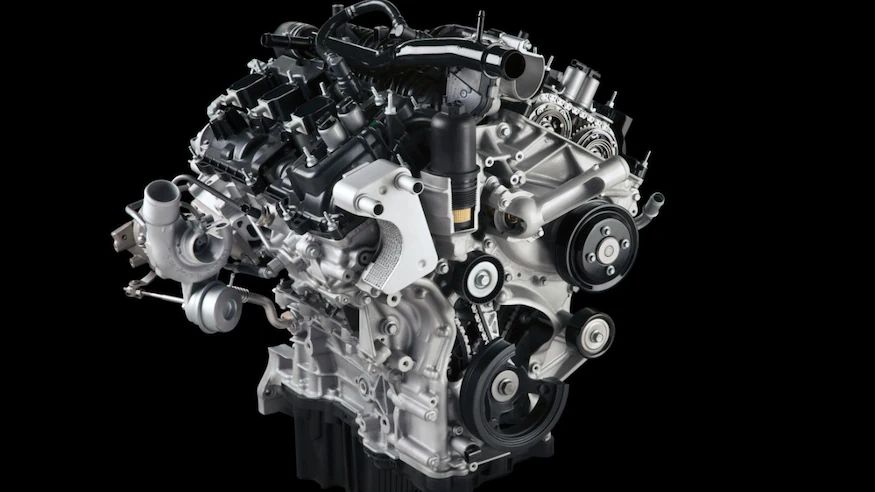
Bronco Catastrophic Engine Failures: What is a ‘Dropped Valve?’
If you’ve ever experienced a dropped valve, it is a catastrophic final act for your car’s engine (I know, because I had it happen twice, once in a 427ci big-block Chevy, and once in a 5.7-liter Dodge Hemi). With the mounting issues over Bronco engine failures, and the resulting dropped valves as the culprit, you may ask, “What is a dropped valve?”
Why are dropped valves resulting in Bronco engine failures?

Valve failures, for whatever reason, are usually catastrophic. And this isn’t just a Ford problem. Bent or broken valves are the most common valve failure. Then, the piston will make contact with the valve. Another common valve failure is a burnt valve. That’s when an exhaust valve, which directs the charged combustion mixture out of the cylinder, gets extremely hot. Some exhaust valves can become 450 times hotter than their adjacent intake valves.
Sometimes the head of the valve will separate from the stem, and sometimes the keeper grove for the small valve keepers breaks off. In each situation, the broken valve or valve keepers damage the combustion chamber. They usually destroy the top of the piston and do major damage to the chamber walls. It can be so catastrophic it can even break the engine block.
These are just a few of the ways a valve can cause massive destruction. So why does this happen? There are many different scenarios. Valves can become weakened from detonation, defective from the factory, over-revving the engine, or improper valve lash. This is the tolerance between the head of the valve stem and the rocker arm. BTW, nitrous oxide, turbocharging and supercharging, all increase the potential of a valve failing.
What specifically is “dropping a valve”

So “dropping a valve” is when any of these failures result in the valve or pieces of it dropping into the cylinders. Or if the keepers let go, then there is nothing holding up the valve. In that case, the only place for it to go is down. When this happens, besides the piston contact, it throws off the timing, and that’s when other valves can potentially make contact with their respective pistons. With that, the engine is toast.
In most cases, a ruined block is the result. However, damage can vary. You may be able to salvage the heads, but even that is questionable. In the case of failures in the Bronco 2.7 V6, it has been narrowed down to engine builds between May 13 to October 8, 2021. The average mileage on these engines is 2,500 miles. Some have occurred with as little as three miles on them.
It is alleged that the valves become brittle from heat. They were allegedly made in April 2022. As of last month, the NHTSA says it has reported 30 failures. It is investigating the issue. Ford’s 60,000 powertrain warranty will cover any repairs or engine replacements. At this point, Ford has neither issued technical service bulletins nor recalls.



